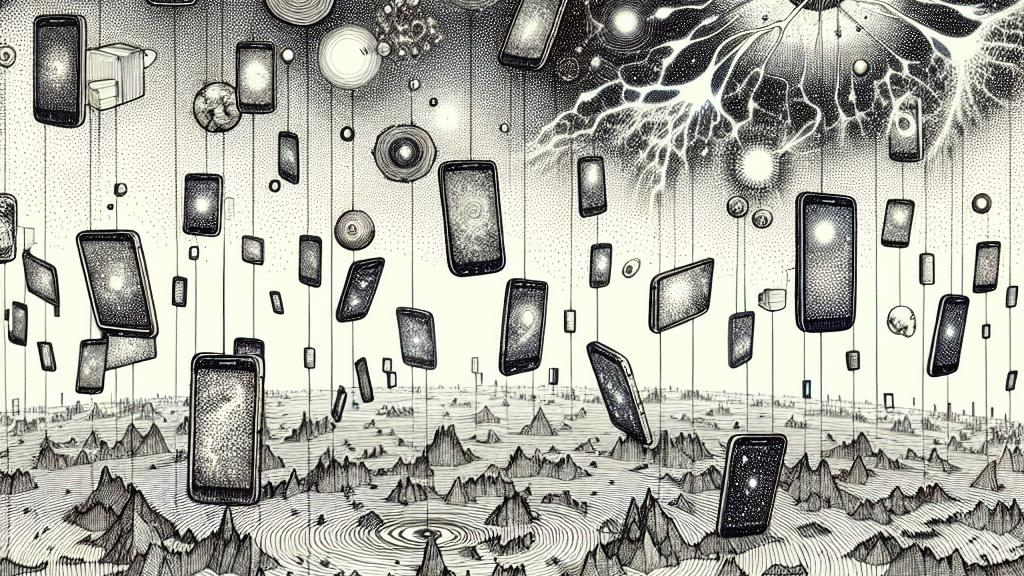Understanding Ionosphere Mapping with Smartphones
Overview
- Research correction underscores the crucial role of accurate ionosphere mapping.
- The rectification of a date error enhances trust in scientific findings.
- Smartphones are set to transform our approach to studying atmospheric phenomena.

Introduction to Ionosphere Mapping
On December 17, 2024, a significant correction was made to a pivotal study published in *Nature*, which examined the intriguing concept of ionosphere mapping through the use of millions of smartphones. This innovative research, particularly focused on regions in South America, investigated plasma bubbles—those mysterious irregularities in the ionosphere that can wreak havoc on communication systems. These bubbles can disrupt radio waves and satellite signals, making their study essential in the high-tech world we live in today. One noteworthy correction involved the misreported date; initially stated as '13 May 2024', it has now been accurately revised to '13 October 2023'. Such corrections are not simply trivial details; they reinforce the importance of precision and accuracy in scientific exploration.
How Smartphones Contribute to Science
Imagine this: your smartphone, your companion in everyday life, is also a formidable tool for scientific discovery! Through its GPS functionality and an array of sensors, your device can collect vast amounts of data that help researchers map the ionosphere. Picture bustling cities filled with individuals, each contributing valuable atmospheric information without even realizing it. It's like having an extensive network of tiny environmental sensors scattered throughout our communities! Furthermore, just as mobile payment systems have revolutionized shopping, smartphones may soon redefine how scientists gather data. This immense potential shines a spotlight on the fascinating intersection of technology and research, illuminating how modern conveniences can become vital components of groundbreaking scientific endeavors.
The Future of Phone Technology
Looking to the future, the rapid advancement of smartphone technology opens up incredible possibilities for both scientific research and public engagement. Envision a reality where your phone, beyond the usual tasks of browsing and chatting, actively participates in sharing real-time atmospheric data with scientists dedicated to understanding our planet. Consider how mobile augmented reality could enrich our experiences: as you explore a new city, your phone might superimpose information about the local ionosphere, transforming a simple outing into a rich educational adventure. Imagine walking down the street, and your device informs you about areas with stable signals or potential disruptions! By melding technology with atmospheric science, we can foster a community of informed citizens contributing to datasets that could change the way we study our environment. This exciting convergence of everyday technology with scientific inquiry heralds a new era—one where understanding the atmosphere becomes not just a scientific pursuit but also a shared journey.

Loading...